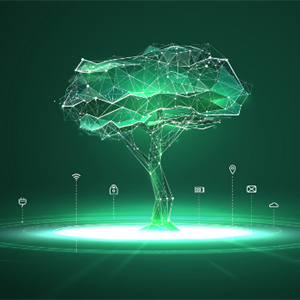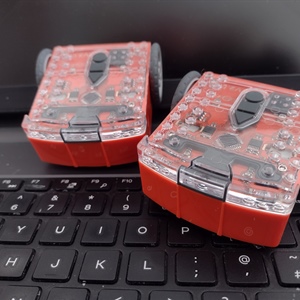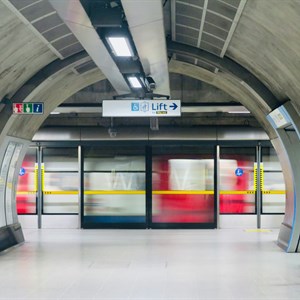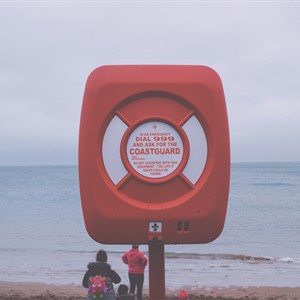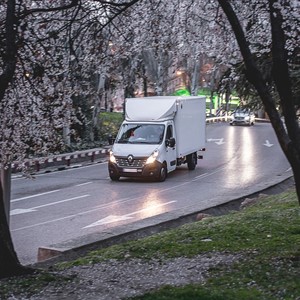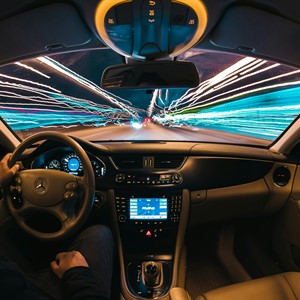Where next? GenAI's evolution in knowledge, understanding, reasoning and scaling
Introduction The global economy is fuelled by knowledge and information, the digital sector growing 6x faster than the economy as a whole. AI will act as a further accelerant in boosting the economy and has the potential of being transformative across many sectors. Figure 1 GenAI has wide application However, in realising this promise, GenAI faces a number of challenges: 1) foundational LLMs have a great set of skills and generalist knowledge, but know nothing about individual companies’ products & services; 2) whilst LLMs are great at providing an instant answer, they often misunderstand the question or simply hallucinate in their response; equally, 3) LLMs need to improve in their reasoning capabilities to understand and solve complex problems; and finally, 4) LLMs are compute intensive…
